10 Best Herbal Creams For Fever Blister On Lip
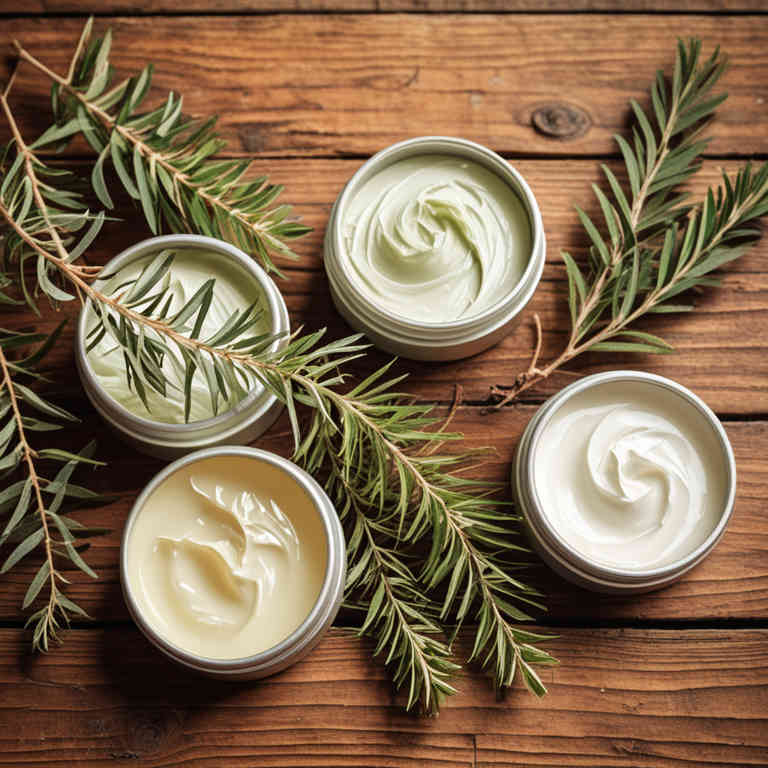
Herbal creams for fever blisters on the lip are natural remedies that may help soothe the discomfort and promote healing.
These creams often contain ingredients like tea tree oil, chamomile, or aloe vera, which have anti-inflammatory and antiviral properties. They can help reduce the redness, swelling, and pain associated with cold sores. While they may not cure the infection, they can provide relief and support the body's natural healing process.
It is important to consult a healthcare professional if the blisters persist or worsen, as more severe cases may require antiviral medication.
FREE Herb Drying Checklist
How to make sure every batch retains maximum flavor, color, and aroma without the risk of mold or over-drying. Eliminate guesswork and trial-and-error, making herb drying faster, easier, and more efficient every time.
Table of Contents
1. Hypericum perforatum
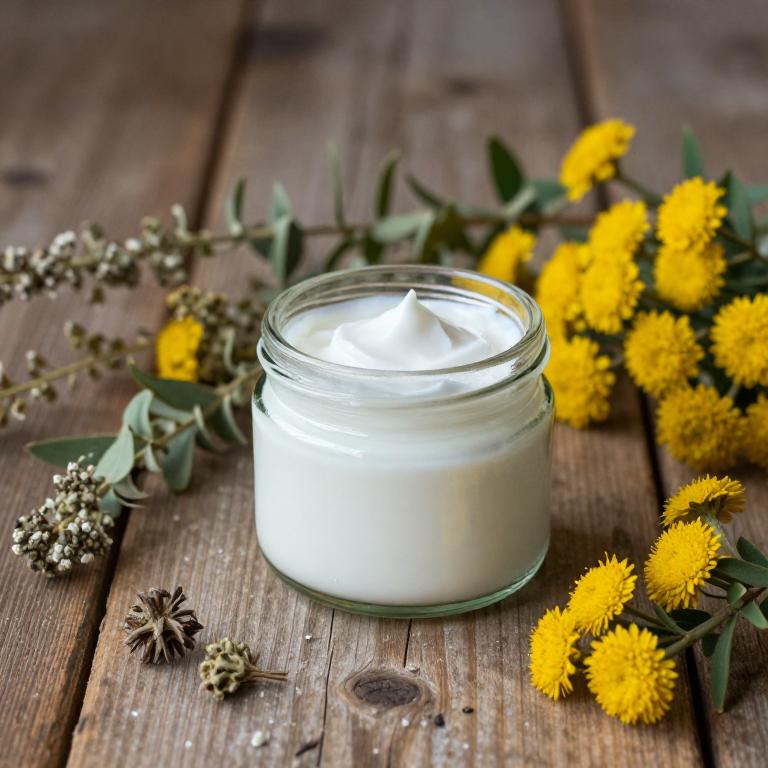
Hypericum perforatum, commonly known as St. John's Wort, is often used in herbal creams to treat fever blisters on the lips due to its anti-inflammatory and antiviral properties.
These creams typically contain extracts of the plant's dried flowers and leaves, which are believed to help reduce the pain and swelling associated with cold sores. While some studies suggest that St. John's Wort may inhibit the herpes simplex virus, more research is needed to confirm its effectiveness for this specific use. When applying the cream, it is important to follow the instructions carefully and avoid using it on broken skin or open wounds.
As with any herbal remedy, it is advisable to consult a healthcare professional before use, especially if you are taking other medications or have existing health conditions.
2. Zingiber officinale
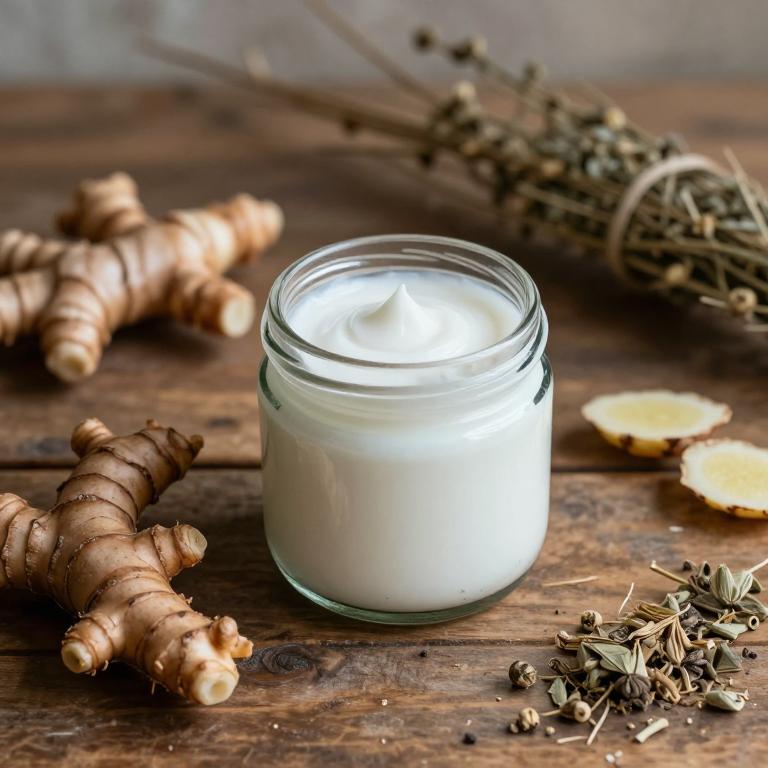
Zingiber officinale, commonly known as ginger, has been traditionally used for its anti-inflammatory and antiviral properties, making it a potential natural remedy for fever blisters on the lips.
Herbal creams containing zingiber officinale may help reduce the pain and swelling associated with cold sores by promoting healing and boosting the immune response. These creams are often preferred by individuals seeking alternative treatments due to their mild and natural ingredients. However, it is important to consult a healthcare provider before using any herbal remedies, especially if the blisters are severe or persistent.
While some studies suggest ginger's efficacy in managing cold sores, more clinical research is needed to fully establish its effectiveness in topical formulations.
3. Calendula officinalis
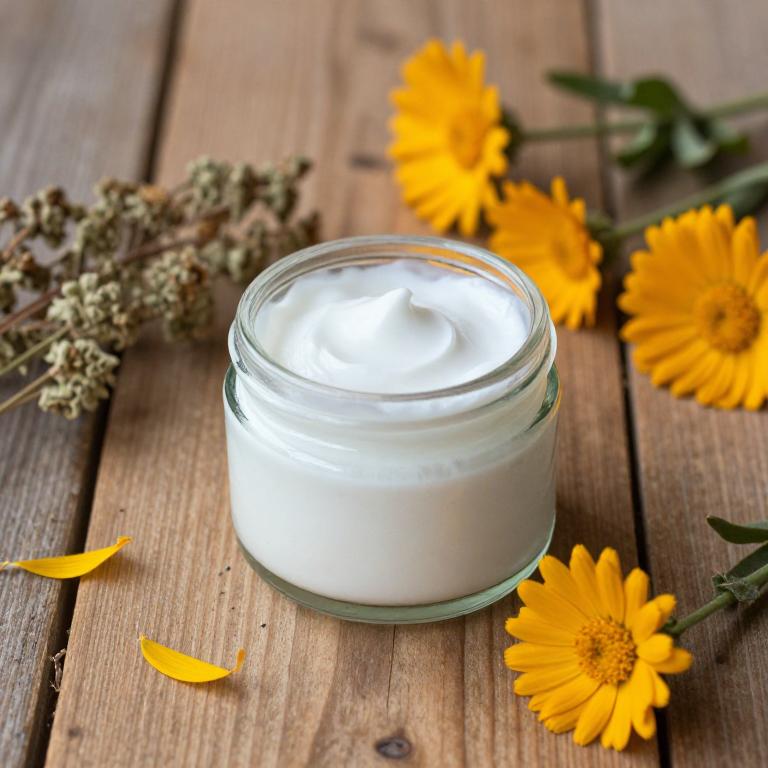
Calendula officinalis herbal creams are commonly used to treat fever blisters on the lips due to their anti-inflammatory and antiseptic properties.
These creams contain extracts from the yellow flowers of the calendula plant, which have been traditionally used in herbal medicine for their soothing effects on the skin. The application of calendula cream can help reduce redness, swelling, and discomfort associated with cold sores. It also promotes healing by protecting the affected area from further irritation and infection.
While calendula is generally safe for topical use, individuals with allergies to plants in the Asteraceae family should exercise caution.
4. Aloe barbadensis
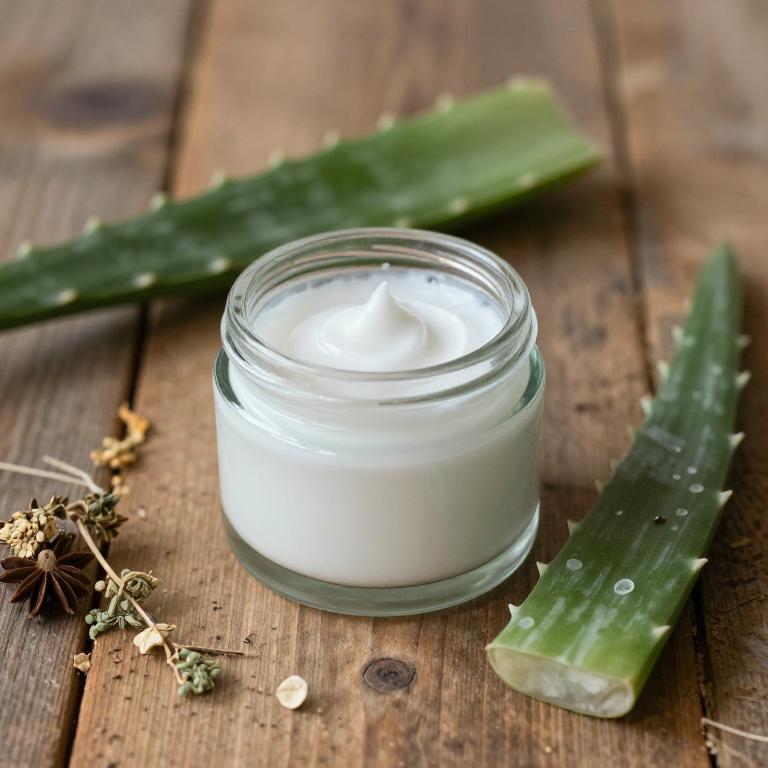
Aloe barbadensis, commonly known as aloe vera, is often used in herbal creams to treat fever blisters on the lips due to its soothing and anti-inflammatory properties.
These creams typically contain a concentrated form of aloe gel, which helps to moisturize and protect the affected area while promoting faster healing. The natural compounds in aloe vera, such as polysaccharides and enzymes, can reduce redness, swelling, and discomfort associated with cold sores. Applying aloe-based cream several times a day can provide relief and support the body's natural recovery process.
However, it is advisable to consult a healthcare professional if the fever blister persists or worsens, as it may indicate a more serious condition.
5. Echinacea purpurea
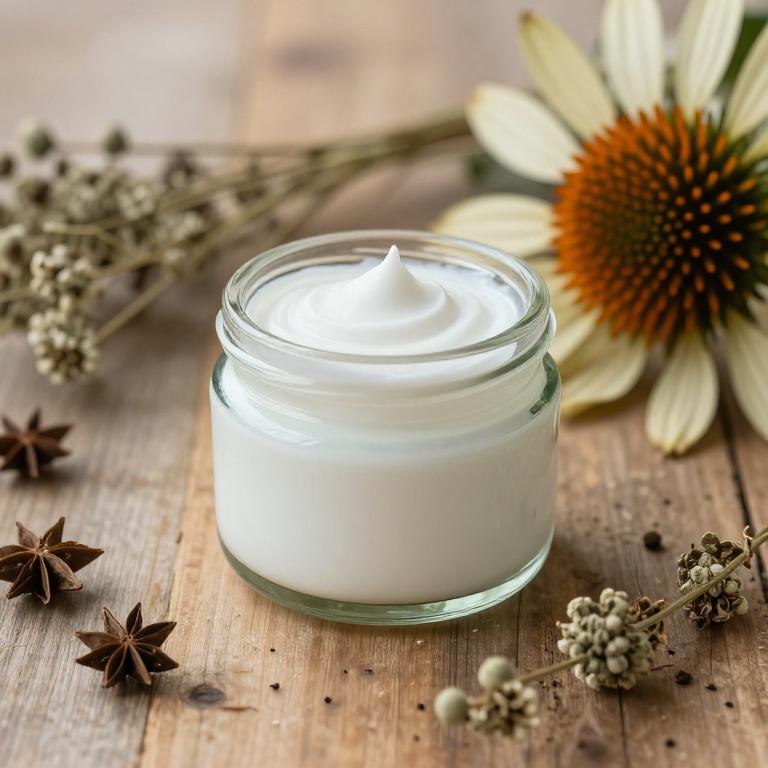
Echinacea purpurea, commonly known as purple coneflower, is a herbal remedy often used in the form of creams to address fever blisters on the lips.
These creams typically contain extracts of the plant, which are believed to have antiviral and anti-inflammatory properties that may help reduce the severity and duration of cold sores. While some studies suggest that echinacea may support the immune system, its effectiveness specifically for treating fever blisters is still under investigation. When applying echinacea-based creams, it is important to ensure the product is formulated for topical use and is free from irritants.
As with any herbal treatment, individuals should consult with a healthcare provider before use, especially if they have sensitive skin or are taking other medications.
6. Lavandula angustifolia
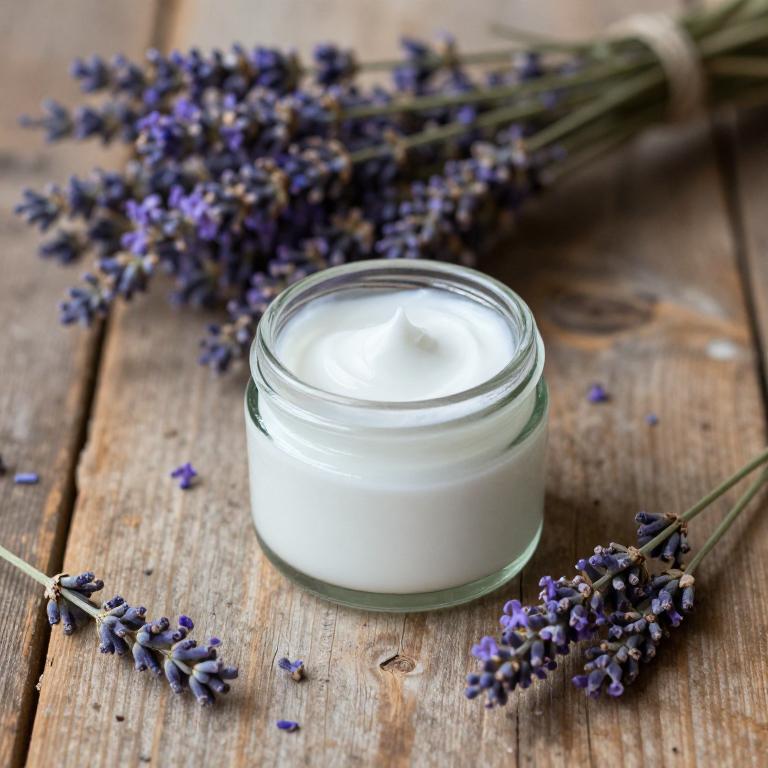
Lavandula angustifolia, commonly known as English lavender, is often incorporated into herbal creams for its soothing and antiviral properties.
These creams are typically formulated with lavender essential oil and other natural ingredients to help alleviate the discomfort of fever blisters on the lips. The anti-inflammatory and antiseptic qualities of lavender may help reduce swelling, redness, and the risk of infection in cold sores. Applying a lavender-infused cream several times a day can provide a calming effect and promote faster healing.
However, it is important to consult a healthcare professional if the fever blisters persist or worsen, as they may indicate a more serious condition.
7. Rosa canina
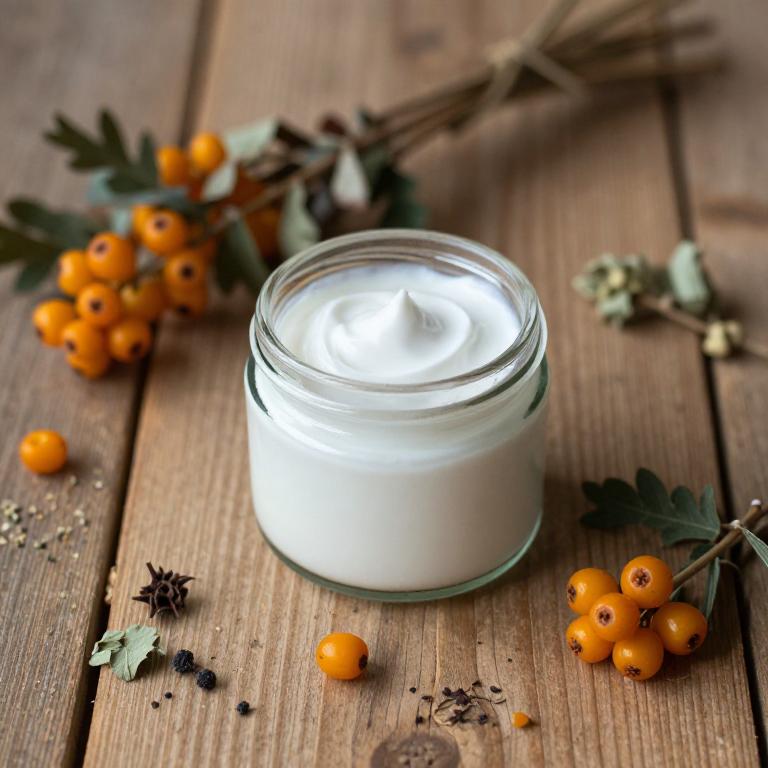
Rosa canina, also known as dog rose, is a traditional herbal remedy that has been used for centuries to support skin health and healing.
Rosa canina herbal creams are formulated with extracts from the fruit and flowers of the Rosa canina plant, which are rich in vitamins, antioxidants, and essential fatty acids. These creams are often recommended for their soothing and anti-inflammatory properties, making them a natural option for treating fever blisters on the lips. The anti-viral and regenerative qualities of Rosa canina may help reduce the duration and severity of cold sores.
When applied topically, these creams can provide relief from the discomfort and irritation associated with fever blisters while promoting faster healing of the affected area.
8. Melissa officinalis
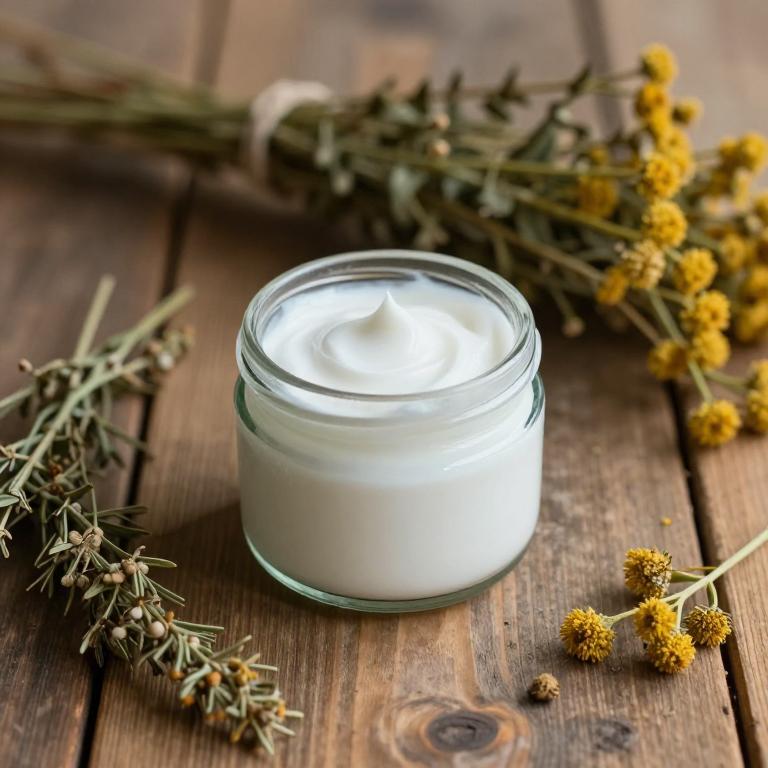
Melissa officinalis, commonly known as lemon balm, is a herbal remedy that has been traditionally used to treat various ailments, including fever blisters on the lips.
When formulated into a cream, lemon balm can provide soothing relief by reducing inflammation and promoting healing of the affected area. The active compounds in melissa officinalis, such as rosmarinic acid and flavonoids, have antiviral and anti-inflammatory properties that may help in managing herpes simplex virus outbreaks. Applying a melissa officinalis cream topically can help alleviate the discomfort associated with fever blisters and may shorten the duration of the outbreak.
However, it is advisable to consult a healthcare professional before using any herbal remedy, especially if the blisters are severe or persistent.
9. Camellia sinensis

Camellia sinensis, commonly known as the tea plant, is the source of various herbal creams that have been explored for their potential in treating fever blisters on the lips.
These creams often contain extracts rich in antioxidants and anti-inflammatory compounds, which may help reduce the symptoms of cold sores caused by the herpes simplex virus. While some studies suggest that the active components in Camellia sinensis could support skin healing and reduce viral activity, more clinical research is needed to confirm their efficacy for this specific use. Many natural remedies, including these herbal creams, are preferred by individuals seeking alternatives to conventional antiviral treatments.
However, it is important to consult a healthcare professional before using any herbal product, especially for persistent or severe outbreaks.
10. Vitex agnus-castus
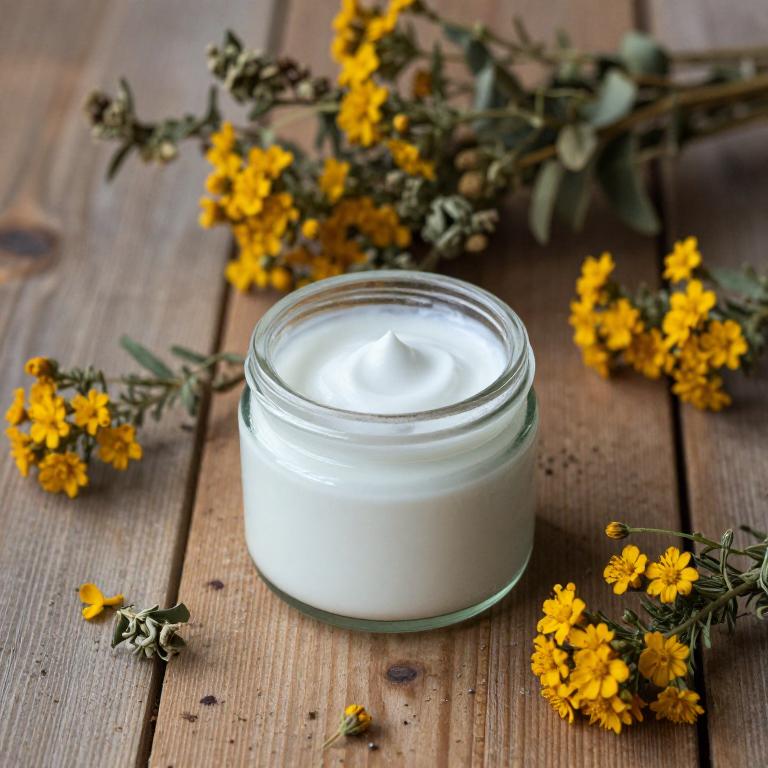
Vitex agnus-castus, commonly known as chaste tree, is often used in herbal remedies for its potential anti-inflammatory and antiviral properties.
Herbal creams containing vitex agnus-castus are sometimes recommended for treating fever blisters on the lips, as they may help reduce the severity and duration of outbreaks. These creams typically combine vitex with other soothing ingredients like calendula or tea tree oil to enhance their healing effects. While some people find relief from using these natural remedies, it's important to consult a healthcare provider for persistent or severe outbreaks.
As with any herbal treatment, individual responses can vary, and it should not replace professional medical advice.